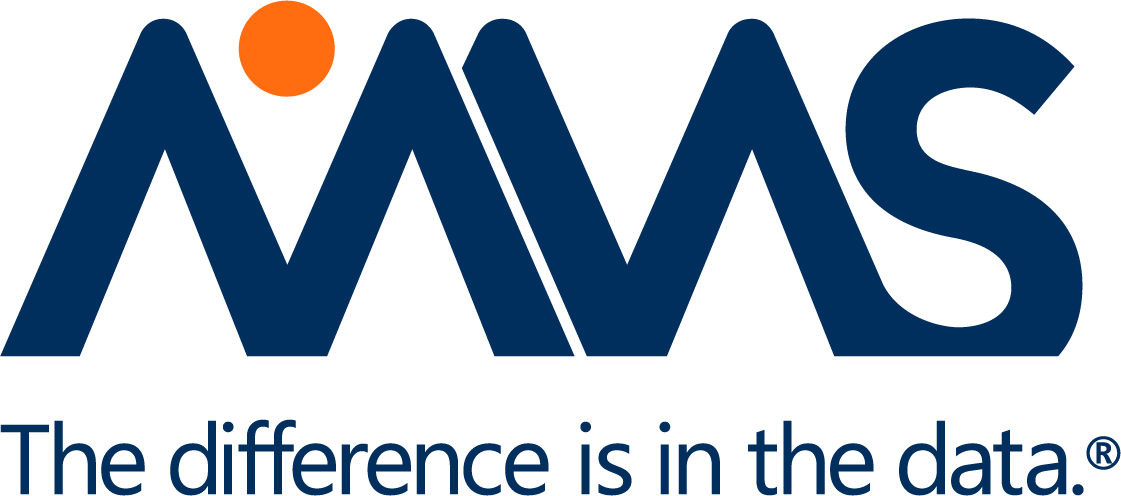In September 2021, the Food and Drug Administration (FDA) released its Benefit-Risk Assessment Guidance as part of the Prescription Drug User Fee Amendments (PDUFA) VI Implementation Plan which covers 2018 through 2022.
PDUFA VI focuses on integrating patient perspectives, enhancing efficiencies of drug development, and maintaining the high standards of the FDA.
The Benefit Risk Assessment Guidance was developed with the intention to use relevant patient experience data and other related information to aid in regulatory decision-making through the consideration of a drug’s benefits, risks, and risk management.
This guidance takes these into consideration throughout a drug’s life cycle, from pre to post market regulatory decisions.
It also highlights the importance of appropriate interactions between sponsors and the FDA during drug development to understand the therapeutic context for regulatory decisions and appropriate approaches to communicate to the public the FDA’s thoughts on a product’s benefits and risks.
In this article, regulatory experts at MMS present an overview of the guidance and why it is relevant for the drug development process.
Benefit Risk Assessment Considerations
Throughout drug development, the FDA takes into consideration the condition, current treatment options, benefits, risk and risk management, as well as the overall level of uncertainty surrounding the benefits and risks of a treatment.
Several examples of uncertainties that can affect benefit risk assessments are described in the guidance, with an emphasis on sponsors maintaining a high degree of awareness of where their treatments and indications fit into the existing body of clinical knowledge.
Many uncertainties can be anticipated and potentially avoided with careful monitoring of the developing risks throughout clinical development and into post-marketing.
Therapeutic context also plays a large role in the FDA’s acceptance of uncertainty and should be established in any sponsor summary of risk benefit.
The guidance also stresses the critical importance of patient experience data in establishing areas of unmet need that may ultimately increase the favorability of a risk/benefit profile.
Why is the Benefit Risk Guidance Important for Drug Development?
At every stage of drug development, sponsors should incorporate the advice laid out by the FDA in this guidance.
Benefits and risks will change throughout the drug development program based on the decisions and activities undertaken by sponsors, the phase of development, and the evidence generated to support the safety and efficacy of the study drug.
Consistent benefit-risk planning by the sponsor that begins early in development and includes frequent discussion with the FDA helps to form an overarching narrative of diligence and trust.
Frequent consultation with patients, and careful consideration of how to focus the development program, can help to best inform the eventual benefit-risk assessment.
Involvement at each Stage of Development
The FDA wants sponsors to consider the study drug’s benefit risk assessment throughout the drug development process.
This is essential in cases when serious adverse events are anticipated or observed unexpectedly, particularly where lack of efficacy may be a concern. In such instances, it becomes critical to ensure the benefits of continued development outweigh the uncertainty and risk to avoid clinical holds and have effective interactions with the FDA. In such cases, sponsors may need to discuss limiting their subject population to patients that would experience greater benefit or those with greater unmet need.
It is important to note that potential therapies with unclear benefit/risk ratios typically go before advisory committees, and the FDA usually frames its voting questions to these committees in terms of benefit/risk.
When preparing for these interactions, there is no substitute for early and diligent planning.
The FDA is working to enhance patient voices into drug development as patients can help increase insight about unmet needs, clinical outcomes, and clinical relevance.
Patient preference information can help inform regulatory decision-making, such as significant risks of treatment or uncertainties relative to benefits, a patient’s view of important benefits and risks, and what benefits differ in patients verses healthcare professionals.
What this means for Sponsors
- A sponsor should begin to characterize the potential benefits and risks of a drug as early as possible and frame interactions around benefit-risk as often as possible
- Changes to the profile should be a trigger point for communication with the FDA throughout drug development, and sponsor efforts to build a process around benefit-risk can result in an easier decision-making process and more fruitful FDA meetings
- Since the FDA is working to enhance patient voices in the process of drug development to understand their perspective of unmet need and clinical relevance, sponsors should make every effort to integrate these voices into their program as well
- A sponsor’s attention to trial design and risk mitigation strategies improves outcomes and decision-making throughout the drug development lifecycle
- Every deliverable, including marketing applications, from the sponsor, can add value and should incorporate the advice laid out by the FDA in this guidance
Be Prepared and Communicate Early
It is essential to note that benefit risk assessment continues for as long as a drug is on the market, and even beyond (since removal of a drug from the market changes the benefit-risk for remaining therapies).
New information regarding a drug’s effectiveness or safety may develop after approval and the FDA will take this into consideration. If new benefits and risks emerge, the FDA may re-examine the drug’s profile.
One key takeaway is that this guidance impacts every document and deliverable for drugs developed in the United States. Therefore, a robust understanding of FDA expectations and positions on this topic will be crucial.
Early identification, even in a premarket setting, of the potential benefits and risks of a drug and communication to the FDA can be beneficial to the sponsor. Sponsors should provide a comprehensive picture of all the potential benefits and risks to the FDA at all points in the drug development process.While all drugs have risks and that every program has uncertainties, being prepared and having early communication with the FDA will help guide the sponsor and ensure the success of the program.
by Natalie Pizzimenti, Medical Writer; Ben Kasper, Director, Regulatory Affairs; Amanda Beaster, Senior Manager, Regulatory Strategy
To learn more about MMS Regulatory and Medical Writing email info@mmsholdings.com.





